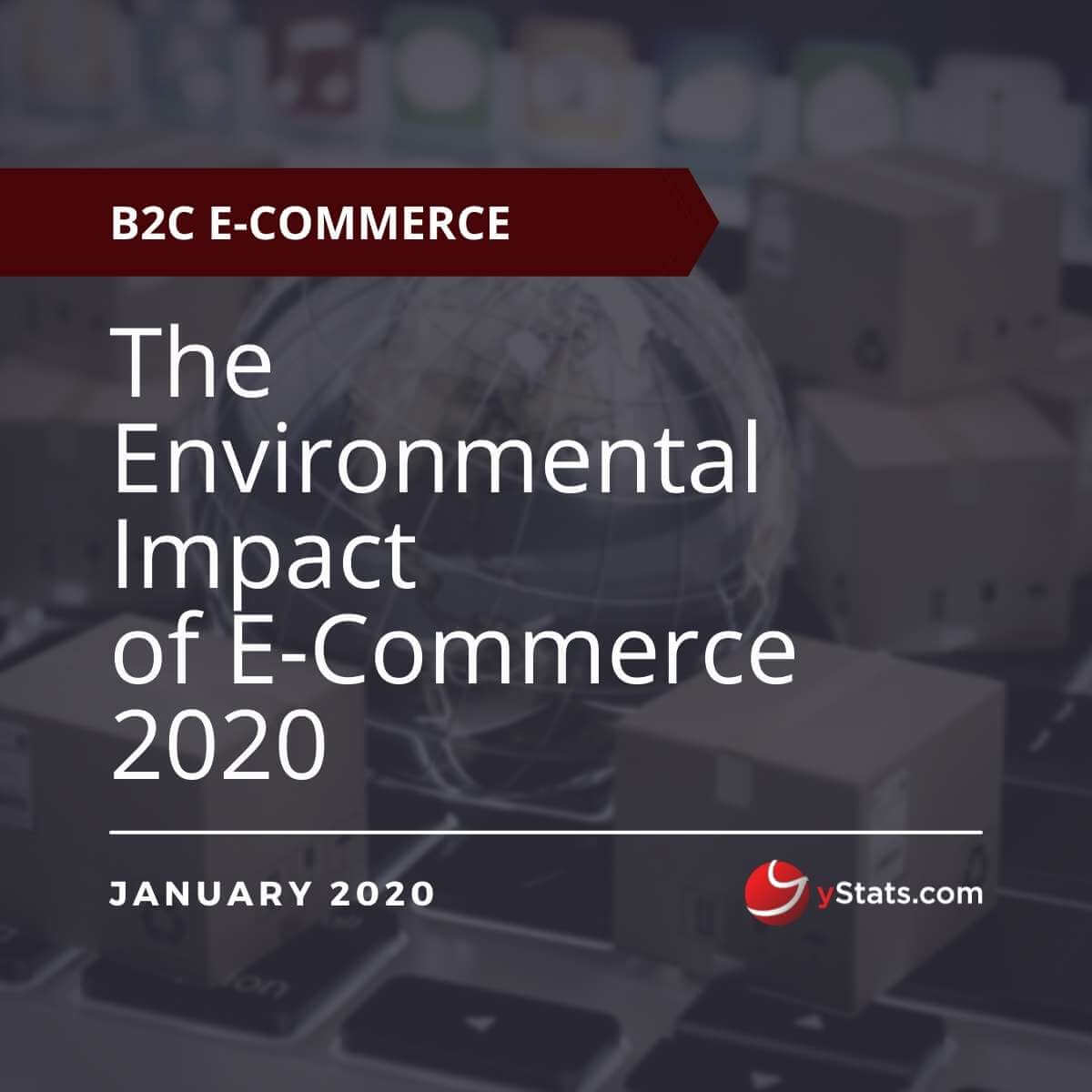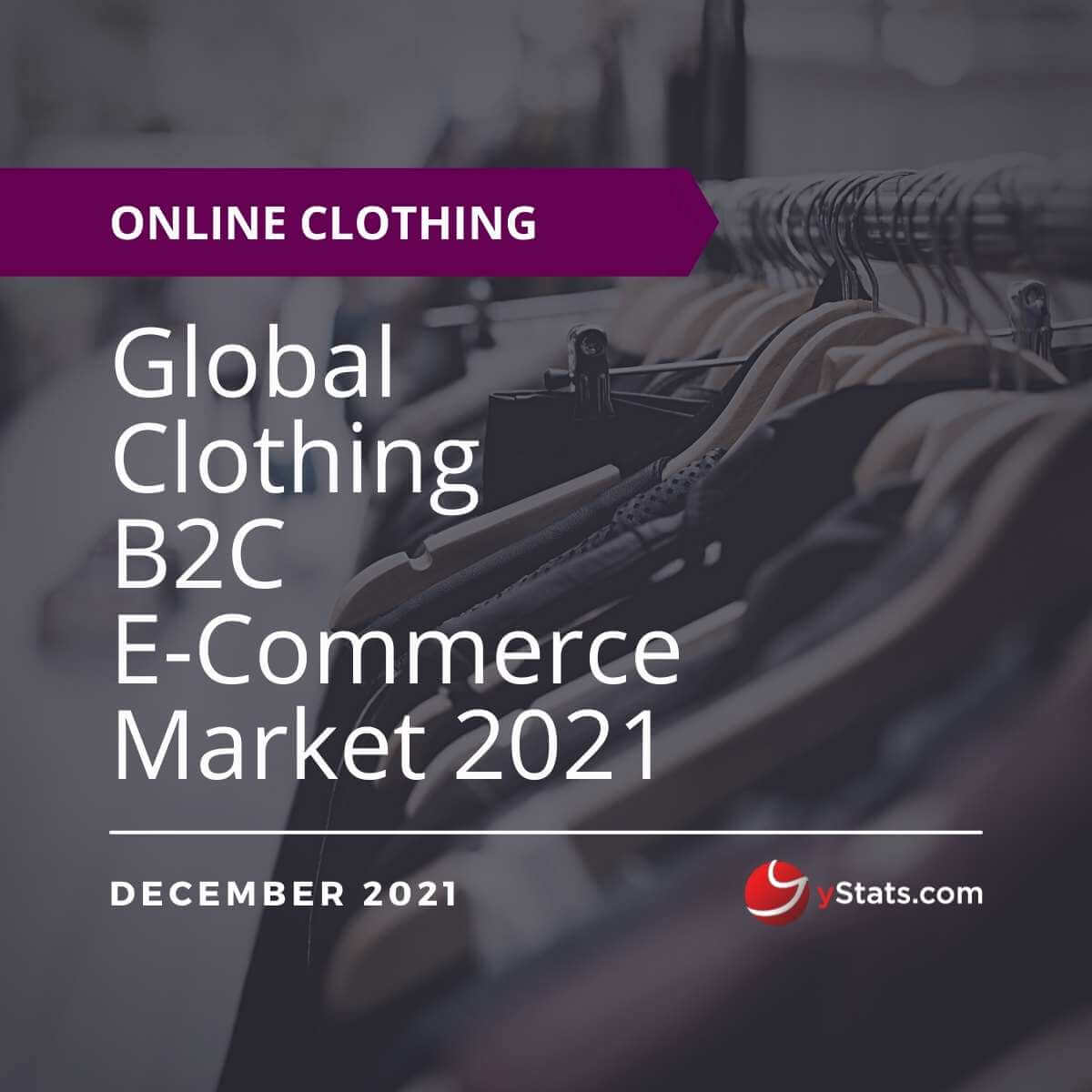Description
Countries Covered: China, Germany, Mexico, UK, USA
Pages: 81
Publication Date: 21/01/2020
Questions Covered in the report:
- Which is more environmentally friendly, online or traditional shopping?
- What share of online shoppers worldwide returned their online purchase in 2019 and what product categories have the highest returns rates?
- What was the estimated volume of parcels delivered in China as a result of Singles Day in 2019 and what is their projection for the volume of packaging by 2025?
- Under which circumstances are online shoppers willing to change their behavior to have a lower environmental impact?
- Which market trends are important in the development of measures to lower the environmental impact of E-Commerce worldwide?
Key findings:
New yStats.com report discusses the environmental impact of E-Commerce
Environmental Impact of E-Commerce depends on multiple factors
According to research cited in the yStats.com report, online shopping can have a lower carbon footprint as compared to traditional shopping due to more efficient logistics. However, it is not an easy task to evaluate the environmental impact of E-Commerce as it is connected with multiple factors, including individual shopper’s behavior, such as whether they choose standard or express delivery, the available transportation infrastructure at a particular geographical location, the type of vehicles used for individual transportation, the logistics networks, journey planning and type of fleet used for delivery of online shopping.
E-commerce’s high returns rates and special sales like Black Friday pose an environmental burden
One of the most criticized aspects of E-Commerce is its high returns rate, in particular in the fashion and accessories category. In general, more than one-third of online shoppers worldwide returned an item in the three months prior to a survey in January 2019, as cited in this report. High returns rates not only cause harmful emissions due to double shipping but returned articles are not always eligible for resale and may be disposed of. Also, special sales like Black Friday, Cyber Monday, Amazon Prime Day, and Chinese Singles Day significantly contribute to the environmental problems caused by shopping online. These are connected with the packaging used for shipping, delivery and replacement of still good and usable products with new ones, just because of a reduced price.
Online shoppers want to be informed and care about the environmental impact of E-Commerce
In general, the quicker the delivery, the higher the harmful emissions related to an online purchase. Yet many online shoppers still opt and are willing to pay for same- or next-day delivery, especially in Western European countries. However, multiple sources show that informing online shoppers about the environmental impact of express delivery can make them opt for slower shipping options. A recent survey of cross-border online shoppers showed that close to half of them would like to have carbon-neutral delivery and sustainable packaging. Also, nearly half of global adult travelers would be encouraged to travel sustainably if offered eco-friendly filters on online booking sites.
Companies offer solutions to lower the environmental impact of E-Commerce.
E-Commerce giants like Amazon, Alibaba.com, JD.com, Zalando and ASOS are implementing measures to lower their environmental impact. These include investment in electric vehicles, organizing pick-up and recycling of used packaging materials, offering clustered delivery of multiple items on a chosen day, eliminating single-use plastic materials from packaging, among others. Also, many companies, as well as start-ups, are emerging on the E-Commerce scene with fixes to environmental issues. Some of them focus on reverse logistics, others dedicate themselves to last-mile delivery and packaging challenges. For example, Optoro’s software applies machine learning and predictive analytics for returns optimization. Big post office and parcel companies like DPDHL or CTT have invested in electric mobility, teaming up with other specialized companies to create electric vehicles adequate to their needs.






